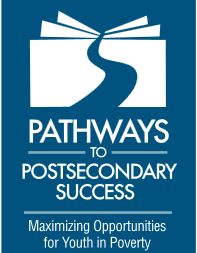
By Veronica Terriquez, Oded Gurantz, and Ana Gomez. In California, the majority of four-year and community college students do not complete their intended degrees and certificates on time (Chronicle of Higher Education, 2013; Fain, 2013). Many of these students “stop out”—that is, they leave college with the intention of returning later. Discontinuous enrollment is highest for students with lower academic preparation and lower socioeconomic status (Ewert, 2010; Goldrick-Rab, 2006). This is particularly troubling in light of the recent economic recession and the rising cost of higher education, which have both made paying for college more difficult. Students from lowincome backgrounds in particular may find they need to take time off from school to save money or to help their families pay their bills. Unfortunately, college students with discontinuous enrollment have significantly reduced likelihood of ever completing their degrees (Cabrera, Burkum, La Nasa, & Bibo, 2012), making this an urgent problem for higher education researchers and policymakers. In this policy brief, we describe the range of influences on the attendance patterns of California’s college students, focusing in particular on economic factors. Drawing from the mixed-methods California Young Adult Study (CYAS), we classify stopouts as students who enrolled in public or private community or four-year colleges and took a break from school for a term (quarter or semester) or more, not including summer, with the intention of returning. We include individuals who were on break from school but still planned to pursue postsecondary degrees, as well as those who had previously taken time off and successfully re-enrolled in postsecondary institutions. Who stops out of higher education? Over one third of students—and more men than women—stopped out of college. Overall, 37% of CYAS survey respondents who attended college reported stopping out at some point (Figure 1). Male students were more likely to stop out than female students (42% compared to 31%, respectively). Some students of color and those from low-income backgrounds were more likely than others to stop out. For example, 44% of Latino youth stopped out, compared to 34% of white youth. Results further suggest that African Americans exhibited high stopout rates, while Asian Americans exhibited comparatively low stopout rates.
